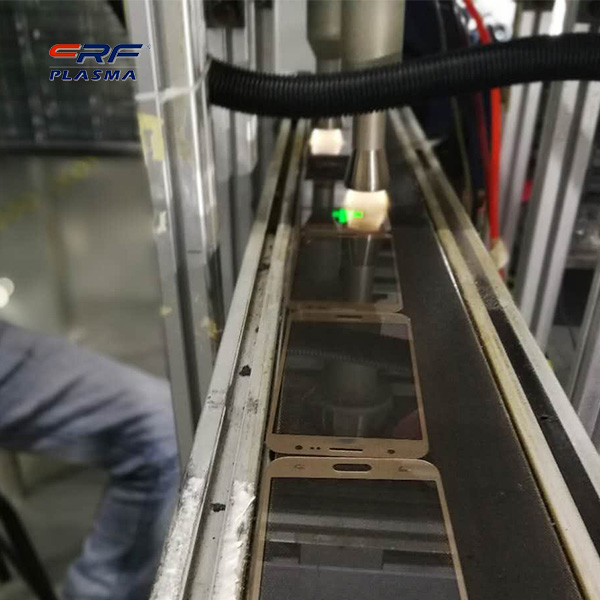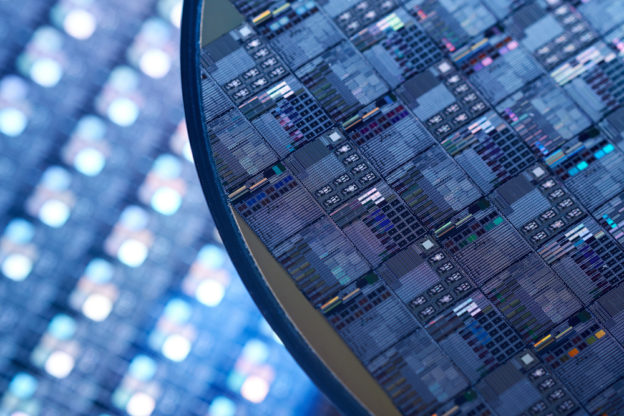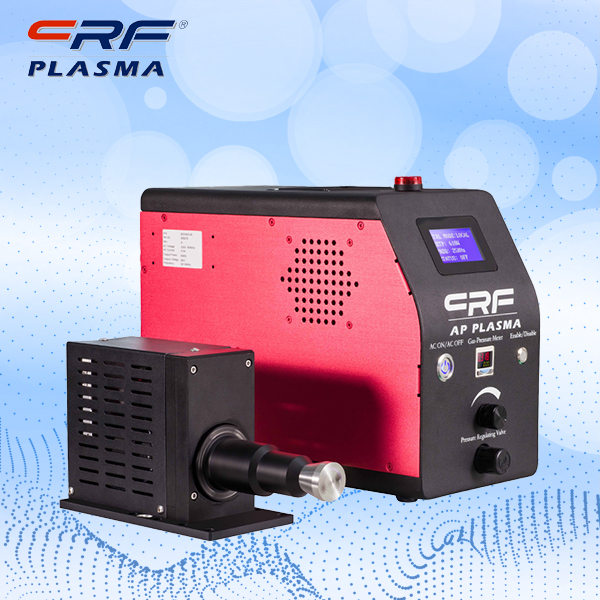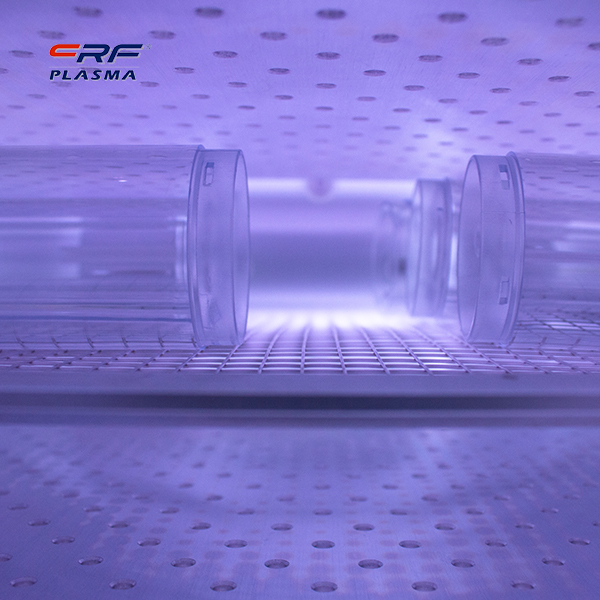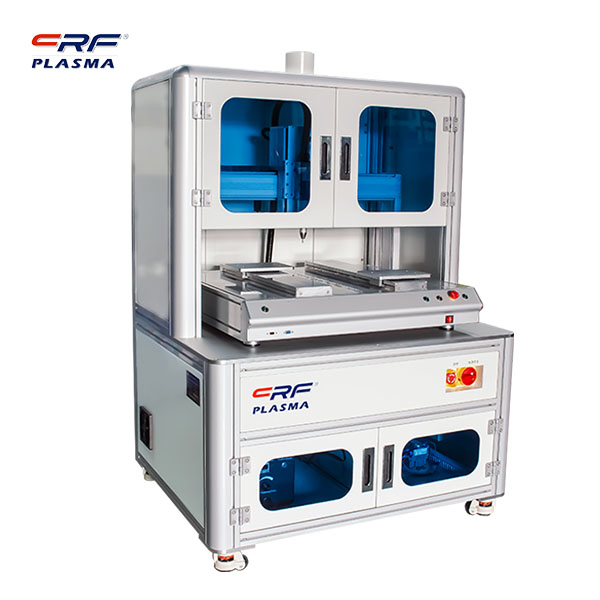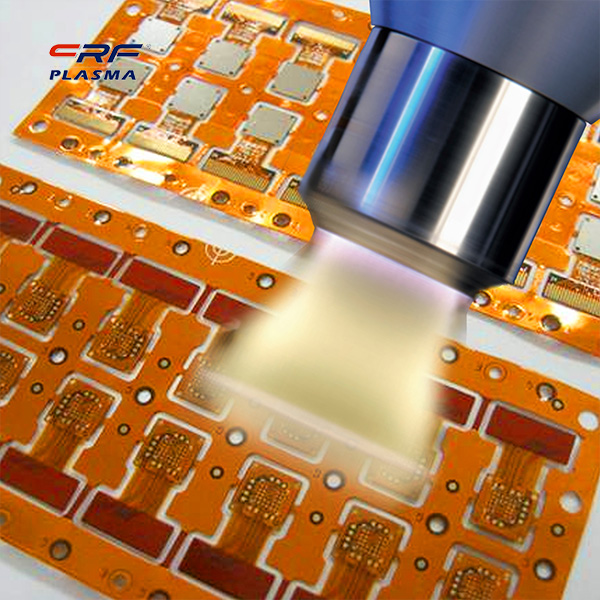
Welcome to Shenzhen Sing Fung Intelligent Manufacturing Co., Ltd.
E-mail:shaobo@sfi-crf.com
Study on the experimental nucleation of plasma chemical vapor deposition diamond film
- Categories:Industry News
- Author:Plasma cleaning machine-CRF plasma plasma equipment-plasma surface treatment machine manufacturer-chengfeng intelligent manufacturing
- Origin:
- Time of issue:2022-01-03
- Views:
(Summary description)Study on the experimental nucleation of plasma chemical vapor deposition diamond film: The diamond film prepared by this technology is a technology with the ability of plasma chemical vapor accumulation. Because thin-film diamond is of great significance in super-hard maintenance coatings, light windows, heat sink data, microelectronics, etc., when mankind has mastered the preparation technology of diamond thin films, especially the preparation technology of single crystal diamond thin films, they rely on The history of data will quickly move from the age of silicon materials to the age of diamonds. However, the mechanism of plasma chemical vapor deposition of diamond films is still unclear, especially for heteroepitaxial single crystal diamond films. The difficulty lies in the fact that the low-temperature plasma is in a thermally unbalanced state, and the reaction gas used is also polyatomic molecules. , The reaction system is complex and lacks basic data support. However, after more than 20 years of theoretical and experimental research, people have not only developed many plasma chemical vapor deposition techniques for preparing diamond films, but also have a certain understanding of the factors affecting the growth of diamond films through the analysis and summary of experimental data. For the growth of polycrystalline diamond film, nucleation is the key, and there are many factors that affect nucleation, including plasma conditions, matrix data, and temperature. Using plasma chemical vapor deposition of diamond film, we must first understand the nucleation process of diamond, which is generally divided into two stages: carbon-containing groups reach the surface of the substrate, and then dispersed into the interior of the substrate; the second stage is the carbon reaching the surface of the substrate The nucleation and growth of atoms on the surface of the matrix centered on defects, diamond crystals, etc.; therefore, the factors that determine the diamond nucleation include: 1. Matrix data: because the nucleation depends on the saturation of the surface of the matrix and the amount of carbon reaching the core The critical concentration, therefore, the carbon dispersion coefficient of the matrix data has an important influence on nucleation. The larger the dispersion coefficient, the less likely it is to reach the critical concentration required for nucleation. It is very difficult for metal substrates such as iron, nickel, titanium to directly nucleate on this type of data; and for data with a lower carbon dispersion coefficient , Such as tungsten, silicon, etc., diamonds can quickly nucleate. 2. Surface grinding: Generally, the nucleation of diamond can be advanced by grinding the surface with diamond powder. Grinding using SiC, c-BN, Al2O3 and other data can also promote the formation of nucleation. There are two main mechanisms for grinding to promote nucleation formation: one is that after grinding, the diamond particles remain on the surface of the substrate and act as a seed; the other is that grinding can produce many tiny defects on the surface of the substrate. These defects are favorable directions for spontaneous nucleation. The closer the lattice point constant of the grinding data is to diamond, the better the effect of enhancing nucleation. Therefore, the general grinding data are diamond powder prepared by the high temperature and high pressure method. 3. Plasma parameters: In the early stage of diamond nucleation, due to the dispersion of carbon to the substrate, an interface layer was formed on the surface of the substrate. Therefore, the study pointed out that plasma parameters also have an important effect on the interface layer. For example, when a diamond film is deposited on the surface of a silicon substrate At this time, the methane concentration has a direct effect on the formation of the SiC interface layer. 4. Bias enhanced nucleation: In microwave plasma chemical vapor deposition, the substrate is generally negatively biased, that is to say, the potential of the substrate is related to the low potential of the plasma. The effect of the negative bias is to increase the ion concentration on the substrate surface. When the bias voltage is too high, because too many ions sputter the outer layer of the substrate and the precursor nuclei, a nucleation is formed. Therefore, when the bias voltage is enhanced, the size of the bias voltage is more appropriate.
Study on the experimental nucleation of plasma chemical vapor deposition diamond film
(Summary description)Study on the experimental nucleation of plasma chemical vapor deposition diamond film:
The diamond film prepared by this technology is a technology with the ability of plasma chemical vapor accumulation. Because thin-film diamond is of great significance in super-hard maintenance coatings, light windows, heat sink data, microelectronics, etc., when mankind has mastered the preparation technology of diamond thin films, especially the preparation technology of single crystal diamond thin films, they rely on The history of data will quickly move from the age of silicon materials to the age of diamonds. However, the mechanism of plasma chemical vapor deposition of diamond films is still unclear, especially for heteroepitaxial single crystal diamond films. The difficulty lies in the fact that the low-temperature plasma is in a thermally unbalanced state, and the reaction gas used is also polyatomic molecules. , The reaction system is complex and lacks basic data support. However, after more than 20 years of theoretical and experimental research, people have not only developed many plasma chemical vapor deposition techniques for preparing diamond films, but also have a certain understanding of the factors affecting the growth of diamond films through the analysis and summary of experimental data. For the growth of polycrystalline diamond film, nucleation is the key, and there are many factors that affect nucleation, including plasma conditions, matrix data, and temperature.
Using plasma chemical vapor deposition of diamond film, we must first understand the nucleation process of diamond, which is generally divided into two stages: carbon-containing groups reach the surface of the substrate, and then dispersed into the interior of the substrate; the second stage is the carbon reaching the surface of the substrate The nucleation and growth of atoms on the surface of the matrix centered on defects, diamond crystals, etc.; therefore, the factors that determine the diamond nucleation include: 1. Matrix data: because the nucleation depends on the saturation of the surface of the matrix and the amount of carbon reaching the core The critical concentration, therefore, the carbon dispersion coefficient of the matrix data has an important influence on nucleation. The larger the dispersion coefficient, the less likely it is to reach the critical concentration required for nucleation. It is very difficult for metal substrates such as iron, nickel, titanium to directly nucleate on this type of data; and for data with a lower carbon dispersion coefficient , Such as tungsten, silicon, etc., diamonds can quickly nucleate.
2. Surface grinding: Generally, the nucleation of diamond can be advanced by grinding the surface with diamond powder. Grinding using SiC, c-BN, Al2O3 and other data can also promote the formation of nucleation. There are two main mechanisms for grinding to promote nucleation formation: one is that after grinding, the diamond particles remain on the surface of the substrate and act as a seed; the other is that grinding can produce many tiny defects on the surface of the substrate. These defects are favorable directions for spontaneous nucleation. The closer the lattice point constant of the grinding data is to diamond, the better the effect of enhancing nucleation. Therefore, the general grinding data are diamond powder prepared by the high temperature and high pressure method.
3. Plasma parameters: In the early stage of diamond nucleation, due to the dispersion of carbon to the substrate, an interface layer was formed on the surface of the substrate. Therefore, the study pointed out that plasma parameters also have an important effect on the interface layer. For example, when a diamond film is deposited on the surface of a silicon substrate At this time, the methane concentration has a direct effect on the formation of the SiC interface layer.
4. Bias enhanced nucleation: In microwave plasma chemical vapor deposition, the substrate is generally negatively biased, that is to say, the potential of the substrate is related to the low potential of the plasma. The effect of the negative bias is to increase the ion concentration on the substrate surface. When the bias voltage is too high, because too many ions sputter the outer layer of the substrate and the precursor nuclei, a nucleation is formed. Therefore, when the bias voltage is enhanced, the size of the bias voltage is more appropriate.
- Categories:Industry News
- Author:Plasma cleaning machine-CRF plasma plasma equipment-plasma surface treatment machine manufacturer-chengfeng intelligent manufacturing
- Origin:
- Time of issue:2022-01-03 16:55
- Views:
Study on the experimental nucleation of plasma chemical vapor deposition diamond film:
The diamond film prepared by this technology is a technology with the ability of plasma chemical vapor accumulation. Because thin-film diamond is of great significance in super-hard maintenance coatings, light windows, heat sink data, microelectronics, etc., when mankind has mastered the preparation technology of diamond thin films, especially the preparation technology of single crystal diamond thin films, they rely on The history of data will quickly move from the age of silicon materials to the age of diamonds. However, the mechanism of plasma chemical vapor deposition of diamond films is still unclear, especially for heteroepitaxial single crystal diamond films. The difficulty lies in the fact that the low-temperature plasma is in a thermally unbalanced state, and the reaction gas used is also polyatomic molecules. , The reaction system is complex and lacks basic data support. However, after more than 20 years of theoretical and experimental research, people have not only developed many plasma chemical vapor deposition techniques for preparing diamond films, but also have a certain understanding of the factors affecting the growth of diamond films through the analysis and summary of experimental data. For the growth of polycrystalline diamond film, nucleation is the key, and there are many factors that affect nucleation, including plasma conditions, matrix data, and temperature.
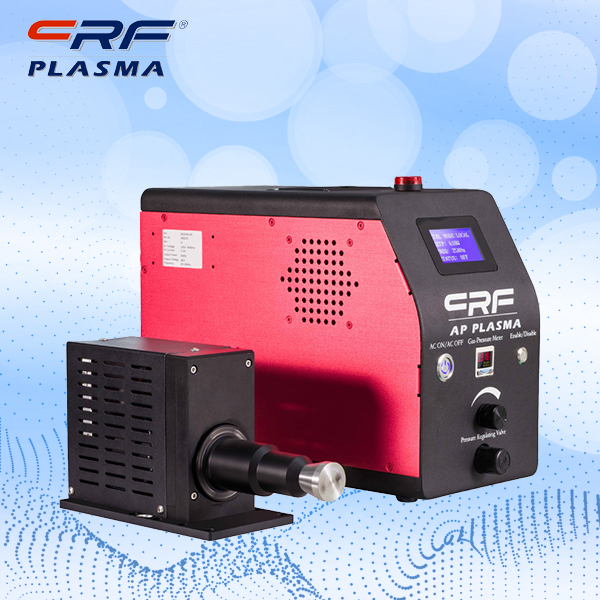 Using plasma chemical vapor deposition of diamond film, we must first understand the nucleation process of diamond, which is generally divided into two stages: carbon-containing groups reach the surface of the substrate, and then dispersed into the interior of the substrate; the second stage is the carbon reaching the surface of the substrate The nucleation and growth of atoms on the surface of the matrix centered on defects, diamond crystals, etc.; therefore, the factors that determine the diamond nucleation include: 1. Matrix data: because the nucleation depends on the saturation of the surface of the matrix and the amount of carbon reaching the core The critical concentration, therefore, the carbon dispersion coefficient of the matrix data has an important influence on nucleation. The larger the dispersion coefficient, the less likely it is to reach the critical concentration required for nucleation. It is very difficult for metal substrates such as iron, nickel, titanium to directly nucleate on this type of data; and for data with a lower carbon dispersion coefficient , Such as tungsten, silicon, etc., diamonds can quickly nucleate.
Using plasma chemical vapor deposition of diamond film, we must first understand the nucleation process of diamond, which is generally divided into two stages: carbon-containing groups reach the surface of the substrate, and then dispersed into the interior of the substrate; the second stage is the carbon reaching the surface of the substrate The nucleation and growth of atoms on the surface of the matrix centered on defects, diamond crystals, etc.; therefore, the factors that determine the diamond nucleation include: 1. Matrix data: because the nucleation depends on the saturation of the surface of the matrix and the amount of carbon reaching the core The critical concentration, therefore, the carbon dispersion coefficient of the matrix data has an important influence on nucleation. The larger the dispersion coefficient, the less likely it is to reach the critical concentration required for nucleation. It is very difficult for metal substrates such as iron, nickel, titanium to directly nucleate on this type of data; and for data with a lower carbon dispersion coefficient , Such as tungsten, silicon, etc., diamonds can quickly nucleate.
2. Surface grinding: Generally, the nucleation of diamond can be advanced by grinding the surface with diamond powder. Grinding using SiC, c-BN, Al2O3 and other data can also promote the formation of nucleation. There are two main mechanisms for grinding to promote nucleation formation: one is that after grinding, the diamond particles remain on the surface of the substrate and act as a seed; the other is that grinding can produce many tiny defects on the surface of the substrate. These defects are favorable directions for spontaneous nucleation. The closer the lattice point constant of the grinding data is to diamond, the better the effect of enhancing nucleation. Therefore, the general grinding data are diamond powder prepared by the high temperature and high pressure method.
3. Plasma parameters: In the early stage of diamond nucleation, due to the dispersion of carbon to the substrate, an interface layer was formed on the surface of the substrate. Therefore, the study pointed out that plasma parameters also have an important effect on the interface layer. For example, when a diamond film is deposited on the surface of a silicon substrate At this time, the methane concentration has a direct effect on the formation of the SiC interface layer.
4. Bias enhanced nucleation: In microwave plasma chemical vapor deposition, the substrate is generally negatively biased, that is to say, the potential of the substrate is related to the low potential of the plasma. The effect of the negative bias is to increase the ion concentration on the substrate surface. When the bias voltage is too high, because too many ions sputter the outer layer of the substrate and the precursor nuclei, a nucleation is formed. Therefore, when the bias voltage is enhanced, the size of the bias voltage is more appropriate.
Scan the QR code to read on your phone

TEL:0755-3367 3020 / 0755-3367 3019

E-mail:sales-sfi@sfi-crf.com

ADD:Mabao Industrial Zone, Huangpu, Baoan District, Shenzhen




